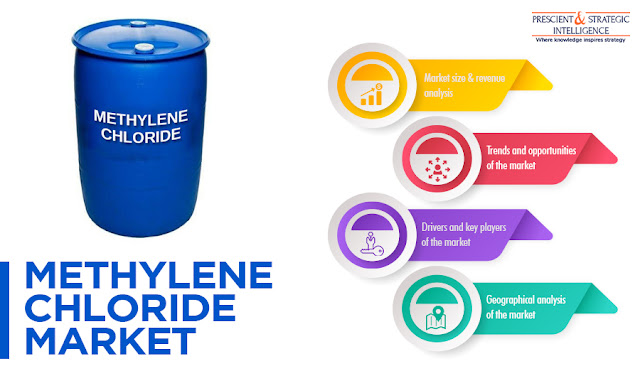
How Is Automotive Sector Pushing Methylene Chloride Sale?
The International Organization of Motor Vehicle Manufacturers (OICA) states that 1,427,074 vehicles, 3,506,774 vehicles, 447,218 vehicles, 3,176,600 vehicles, 691,286 vehicles, 3,394,446 vehicles, 25,225,242 vehicles, and 2,014,055 vehicles were manufactured in Thailand, South Korea, South Africa, Mexico, Indonesia, India, China, and Brazil, respectively, in 2020. The surging automobile production in developing countries is creating an extensive requirement for paints and adhesives, owing to which the consumption of methylene chloride will rise in the foreseeable future.
Additionally, the expanding construction industry, on account of the soaring focus of numerous governments on infrastructure development, will also help the methylene chloride market exhibit a CAGR of 5.4% during 2018–2023. According to P&S Intelligence, the market revenue will escalate from $1,818.3 million in 2017 to $2,485.5 million by 2023. For example, the Department for Infrastructure and Transport, Government of South Australia, is working on Adelaide's North-South Corridor, Former Royal Adelaide Hospital, Granite Island Causeway Project, and Riverbank Entertainment Precinct.
Moreover, the surging requirement for auxiliary blowing agents will also accelerate the consumption of methylene chloride in the upcoming years. This compound is being used as an auxiliary blowing agent in the production of flexible slabstock polyurethane foam in the furniture and bedding industry because it provides softer foam than fluorocarbon. Additionally, the usage of methylene chloride as an auxiliary agent helps several end-use industries conduct research, reduce production costs, and explore numerous productive ways to cater to the needs of customers efficiently.
Globally, the Asia-Pacific led the methylene chloride market in the recent past. This was on account of the booming population, the flourishing pharmaceutical industry due to the surging focus of governments on providing health services at affordable prices, and the growing infrastructure sector in the region. Additionally, the widening production base, increasing number of industrial plants in developing countries, and expanding application bases, such as metal cleaning and food and beverages, will also facilitate the consumption of methyl chloride in the region.
Thus, the rising automobile production and adoption in developing countries, the booming construction sector, and the increasing requirement for auxiliary blowing agents will facilitate the consumption of methylene chloride in the forthcoming years.
Read More: https://www.psmarketresearch.com/market-analysis/methylene-chloride-market
Comments